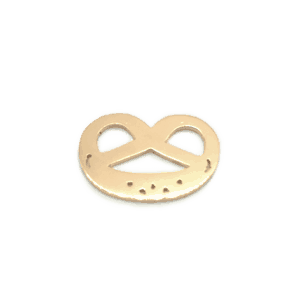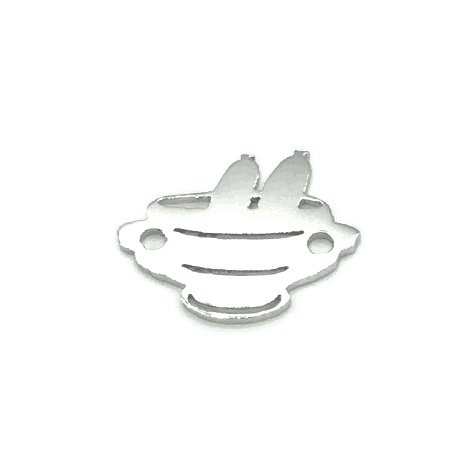The Viktualienmarkt is one of Munich's main attractions and one of the city's most beautiful landmarks. The name ‘Viktualien’ is derived from the Latin word ‘victus’ = food, an old term for foodstuffs. Until 1807, food and grain was still traded on Marienplatz. Then, for reasons of space, the whole area was extended towards the Church of the Holy Spirit.
Italian lifestyle in the Schrannenhalle
The Schrannenhalle was built at the southern end of the market in 1852 and burnt down in the early 1930s. It was not rebuilt until 2003. It is now home to the Italian food retailer Eataly. The Viktualienmarkt itself was also badly damaged during the Second World War, but was rebuilt after the war at great expense.
Initially, the city council allocated the stalls anew every day. It was not until 1870 that the Viktualienmarkt mainly consisted of fixed stalls. In the past, when there were no refrigeration facilities, the market was open every day. Today, the more than 140 stall holders orientate themselves to the statutory opening hours.
The Viktualienmarkt has seven sections
The 22,000 square metre area is divided into seven different sections. For example, the brick building that borders the Viktualienmarkt to the north-west belongs to section VII.
Here, on the so-called Petersbergl, you will mainly find butchers' shops. This was also the case when the market was still on Marienplatz. Section IV comprises the centre of the market with the maypole, the fish hall and the beer garden.
A celebrity at the Viktualienmarkt was the Bäckerliesl, whose real name was Elisabeth Forstner. As the oldest stallholder, she celebrated her 90th birthday in 2015 and had been selling baked goods since 1950.
Memorial fountains honour Munich originals
From 1953, six fountain monuments were gradually erected on the Viktualienmarkt in honour of Munich originals. There is now a memorial fountain for Karl Valentin, Liesl Karlstadt, Weiß Ferdl, Ida Schumacher, Elise Aulinger and Roider Jackl on the square. The fountains are decorated with flowers on the first Friday in August. This is followed by a festival with performances by musicians and artists who perform something in memory of the Munich originals.
There are other festivities at the Viktualienmarkt throughout the year. On 11 November at 11.11 a.m., for example, the Munich carnival prince and princess present themselves there. On Shrove Tuesday, the market women dance and after the Oktoberfest, people meet to weigh celebrities. Market traders have been weighing Munich celebrities with food since 1974. The proceeds of the event are then donated to a social cause.

